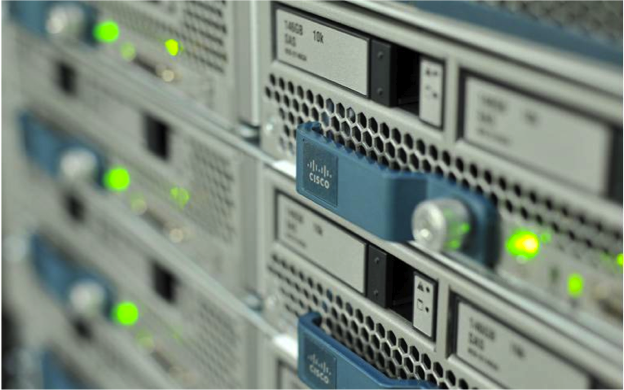I had an opportunity recently to sit in a Cisco onePK lab and it opened my eyes to exactly what Cisco is doing with onePK, why it's going to be so important as Software Defined Networking (SDN) continues to gain traction, and why onePK is different than what anyone else is doing in the industry.
onePK is a key element within Cisco's announced Open Network Environment SDN strategy. onePK is an easy-to-use toolkit for development, automation, rapid service creation and more. It enables you to access the valuable data inside your network via easy-to-use APIs.
Source: www.cisco.com/go/onepk
Since having my own eyes opened, I've been pondering how to explain my new found understanding in a way that others will grasp. In particular to business decision makers (BDMs) and technical decision makers (TDMs). I'm really, really, struggling to come up with a good analogy for BDMs. I'm still working on that one. Surprisingly, I'm also struggling to come up with a sound analogy that will work with the majority of TDMs that I know. Maybe I shouldn't be so surprised at that since all the TDMs I deal with are on the infrastructure side of things (networks, storage, compute, platform) and really don't deal with software. There's a gap there that I somehow need to bridge. I'm still pondering how to successfully do that.
However, there is a slice of the TDM population that I believe I can reach right now. These folks, like myself, have software and network experience. Maybe through open source projects, previous careers, or just mucking about with LAMP stacks in their own lab/home network, they understand programming semantics, APIs, and extending the functionality of third-party software.
I'm going to use a popular open source software package to draw some parallels with what Cisco onePK will soon allow organizations to do to their networks.
